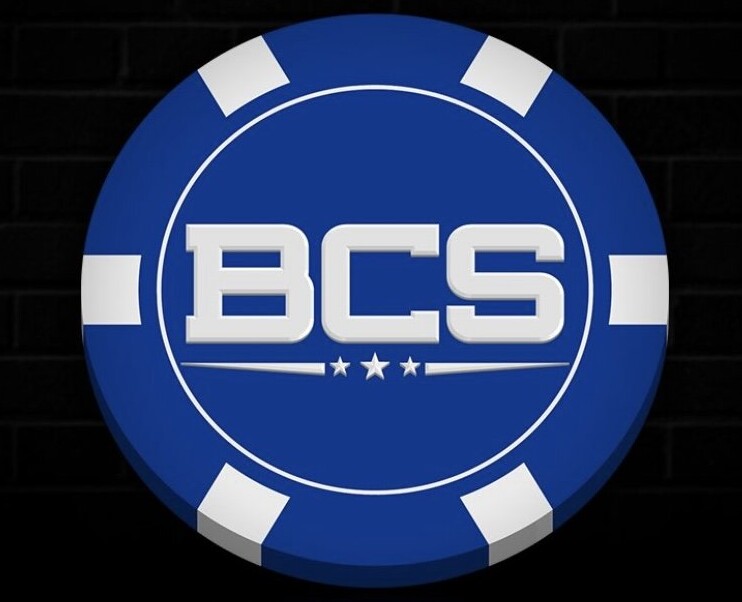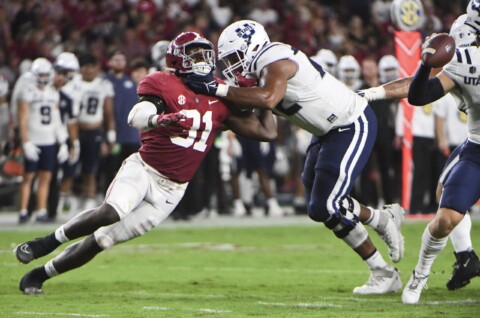Rejoice my fellow draft geeks! For draft season is quickly approaching. In a matter of weeks your time lines will be flooded with mock drafts, big boards, clout chasing hot takes and the infamous “Watch The Film” clapback. More than anything you’ll see stuff like this:
“I really like this player. He’s big athletic and mobile QB. I comp him to Josh Allen”
Yes with draft season comes comp season too. The often misunderstood act of comparing one college player to an established NFL player, in order to demonstrate the strengths and weaknesses of said college player. It can be a useful tool to give a point of reference for a college player to the general fan who may not know who his team drafted.
But sadly comps are misunderstood, misconstrued or generally just bad. One thing I’ve noticed is nobody really knows how to do a comp. Everyone is only comparing a certain aspect of a players game or they are trying to project future success or they’re just hot taking.
So how about we actually nail this thing down? How about we all speak the same language for once? Now this is just my own process, but I feel this makes the most sense.
Here is how to make a Comp:
Rule #1– Divorce player from resume. If you comp a player to a All Pro NFL player, that doesn’t mean the college prospect will be an instant All Pro.
Example: WR X is a big bodied player with tremendous hands and catch radius, along with strong run after catch ability. Decent speed, not an over the top burner. Comp Larry Fitzgerald.
Now am I saying WR X is going to break records on his way to the Hall of Fame? No. I’m comparing strengths and weaknesses of the players game. Nothing else.
Rule #2 – Factor in usage in the scheme. How a player is used in college is a good indicator of what teams/schemes he’ll succeed with at the next level.
Example: CB X is used predominantly in Cover 1 man, with the Safety shaded to the other side. Comp Darelle Revis
Is he going to be Revis? No. But he’s put in the same coverage situations the Jets used Prime Revis in, hence the schematic comp.
Rule #3– Find similar measurements. Certain Height/weight/speed/strength combinations have built in strengths and weaknesses to them. Which will show how a can exploit strengths or overcome weaknesses at the next level.
Example: QB X is under 6 foot. Naturally seeing over the line of scrimmage can be more difficult for him. He has to maneuver in the pocket in order to create or find targets downfield. Comp Kyler Murray. Similar physical stature creates similar play style and usage in offense.
Rule #4 Be specific. Gotta be able to articulate what exactly is similar about 2 players. The way they move, how they take contact, how aggressive they are or aren’t.
Example: RB X is 5’11 210, with good straight line speed but special change of direction ability and can cut on a dime. Comp Shady McCoy. Play style matters. There are 100 5’11 210 pound RBs around so being specific about how they play is very helpful.
Rule #5– Have fun with it. Take whatever comps you see with a grain of salt. It’s all just interaction topics anyway.
And with that in mind. Enjoy these random comps!
Jahmyr Gibbs – Reggie Bush
Reggie listed at 6’0 205 coming out of USC. Gibbs listed at 5’11 200 by Alabama. Both 4.4 speed athletes, with wicked COD and quick feet. Both high level threats as a receiver.
Jordan Addison- Jahan Dotson
Addison listed at 6’0 175 by USC, Dotson listed at 5’11 178 at the combine. Both thin framed athletes with excellent route running ability and good speed. Neither with an abundance of play strength but show impressive catch radius.
Josh Downs – Elijah Moore
Josh Downs listed at 5’10 175, Moore listed at 5’10 178. Both shifty, natural separation receivers with downfield speed. Both do damage with a free release and 2 way go. Both can do damage to a defense with the ball in their hands.
Bryce Young- Kyler Murray
No we’re not just going short QB for short QB here. Although Murray is the more densely built player. The comparison here is the style of play. The creation and improvisational ability of Young reminds me of how Kyler Murray can take a broken play and turn it into a highlight.


